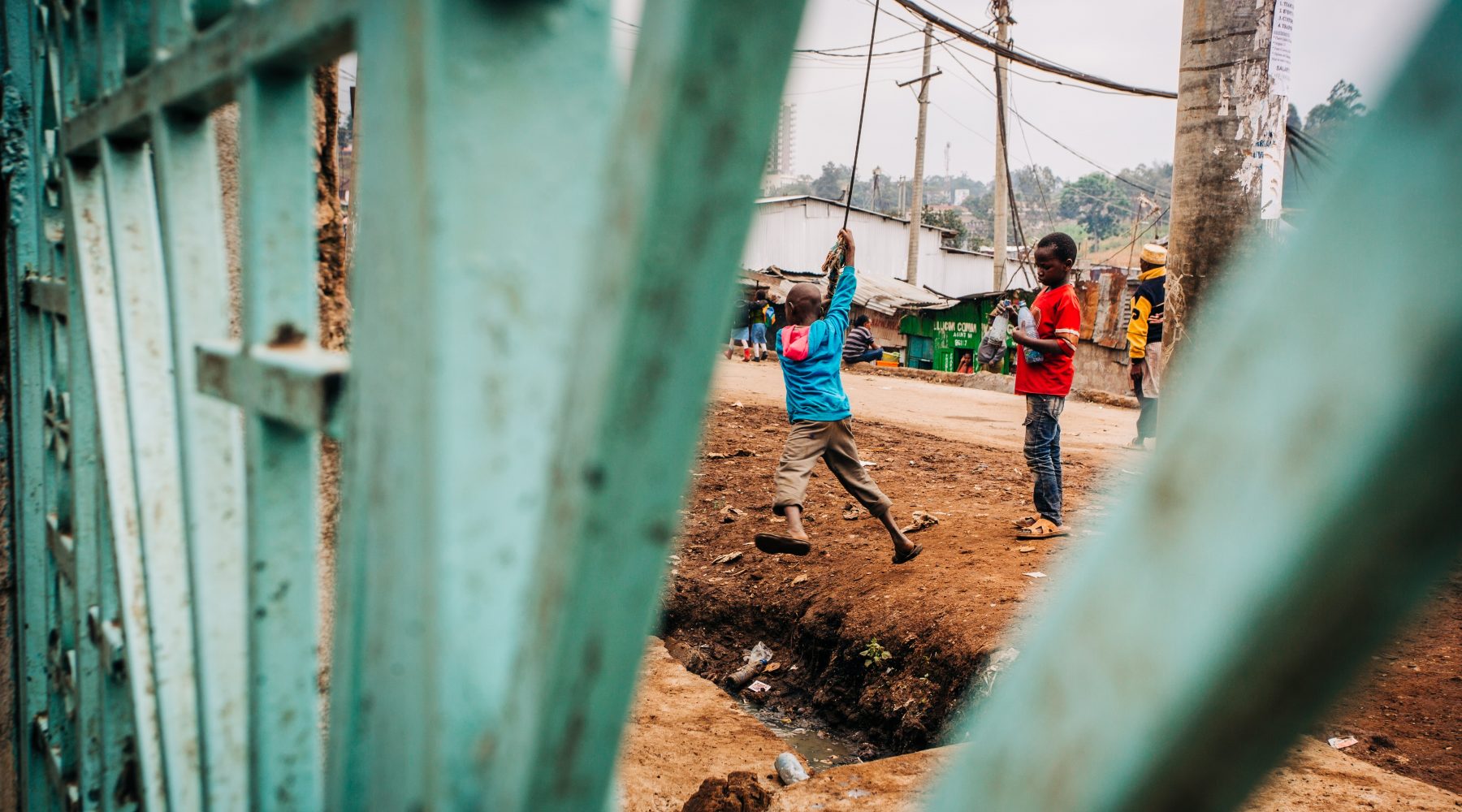Cotton wool should be for mending wounds, not wrapping children

‘Child injured’, ‘child hospitalised’ are news headlines that catch the attention of the public, and rightly so. No one who cares about children wishes to see them hurt. Such headlines are often followed by a detailed and emotive description of the incident but rarely , if ever, followed up with the headline ‘child makes full recovery’, leaving the public with the false impression that all injuries sustained in those reported cases are catastrophic.
These types of headlines usually refer to a child who has been injured in a public play space while under the supervision of their family, or a child who is injured in an early childhood education and care (ECEC) setting while under the supervision of educators. Reporting about children who sustain similar injuries at home is typically seen less often in the media. Again, this skews public perception, leading many to believe children are far safer at home than they are out in our exciting and wonderful world.
Messages about injury and risk, and how, when and where they are reported may be contributing to the anxiety adults and children suffer, falsely creating the belief that the world outside their homes is becoming increasingly riskier and more dangerous.
These types of concerns, and a focus on possible physical harm, sometimes overshadow the real dangers that we may find when children are prevented from going outside and from facing challenges. Without exposure to risk and challenge, children are unable to practice and develop their ability to accurately assess risks and their own abilities in managing such challenges.
Children are born explorers. They are scientists with the desire to constantly investigate and test their world and themselves. If we want children to develop normally and to thrive, we need to facilitate this desire and urge to actively move, to explore and test themselves. It is natural and important that children make mistakes. Children need to attempt the challenges they choose to undertake with the knowledge that they might not succeed, but that they will have tried and learnt something.
Childhood is about playing, often in exciting emotion-inducing ways. Inevitably childhood exploration is also about receiving injuries; scrapes, scratches, bruises, bumps, cuts, even occasionally a broken limb, as children learn to skilfully negotiate their environment. I firmly believe that these are important learning injuries as children develop life skills.
It is essential that children face and overcome challenges and are able to celebrate success with ‘I did it!’ moments. Sadly, this moment of joyful triumph is increasingly taken away from children with too much adult intervention or with experiences that are too easy and not challenging to them.
One of the serious risks children face is that adults are depriving them of the opportunity to develop resilience – that ability to cope with setbacks which are part of life. Children who lack resilience are often anxious, scared to try new experiences and, when faced with what they perceive as a failure or mistake, may develop further mental health issues.
Children who are physical risk takers in the outdoors are also risk takers in the classroom and in life. They have the confidence and the risk-taking disposition to have a go at new experiences, at attempting a challenging math problem, reading a difficult book, doing a science experiment and having a go.
Backed by a plethora of research on the benefits of children having access to nature and risky play, public play spaces and childcare playgrounds are increasingly introducing natural elements and exciting opportunities for children to challenge themselves. Such play spaces are created with careful consideration and attention to providing appropriate risky play opportunities while minimising hazards that are not obvious to the children and have no benefits to children’s development.
Active supervision of young children as they explore and test their environments and themselves in exciting and often unpredictable spaces is essential. Attentive adults who really know the children in their care, who realise the abilities and the capabilities of the children and who will calmly mentor and guide without creating anxiety, are vital to keeping children as safe as necessary while encouraging exploration. The only way adults can keep children safe is for them to learn to keep themselves safe.
Award winning play scapes for children such as the Rio Tinto Naturescape, which opened in Kings Park, Western Australia in 2011, have created exciting adventurous opportunities to support children’s healthy development and allow them to be brave. The creators of the play scape identified their objectives by consulting with children and their families as well as Kidsafe WA. Careful attention was paid to risk analysis and risk mitigation while at the same time weighing up the benefits to children. Regular safety checks are documented with daily, monthly, quarterly and annual checklists. During high fire danger conditions, the Naturescape is closed. The number of children and adults visiting at any one time are limited.
One of the conditions of entry to this space is that adult supervision is essential. When entering the space, visitors are reminded that the space is not a playground and that there are tall climbing structures, open water, large rocks, sticks, bees, spiders and snakes. Adults are requested to watch their children closely. The safety measures put in place by Naturescape, combined with the active supervision by the adults accompanying the children, has resulted in very low rates of serious injury considering the high number of children who have visited the space since 2011.
There are many examples, all around the world, of the joy, magic, beauty, power and creativity of children when they are given space, time, and resources to play. To limit and attempt to eradicate all risk is not only impossible, it does an enormous disservice to children who are eager for opportunities to experiment, explore, learn, grow and develop resilience.
Popular

Workforce
Quality
Practice
Provider
Research
How one teacher is using Little J & Big Cuz to build empathy, understanding and confidence in First Nations learning
2025-12-08 07:15:19
by Fiona Alston

Policy
Practice
Quality
Research
A new path forward: Australia’s First Nations Education Policy emerges to reshape learning for First Nations children
2025-12-08 08:00:28
by Fiona Alston

Workforce
Policy
Research
Practice
Provider
Quality
Child safeguarding failures in Queensland: Key findings and reform directions from the 2025 systemic review
2025-12-09 07:00:56
by Fiona Alston
















